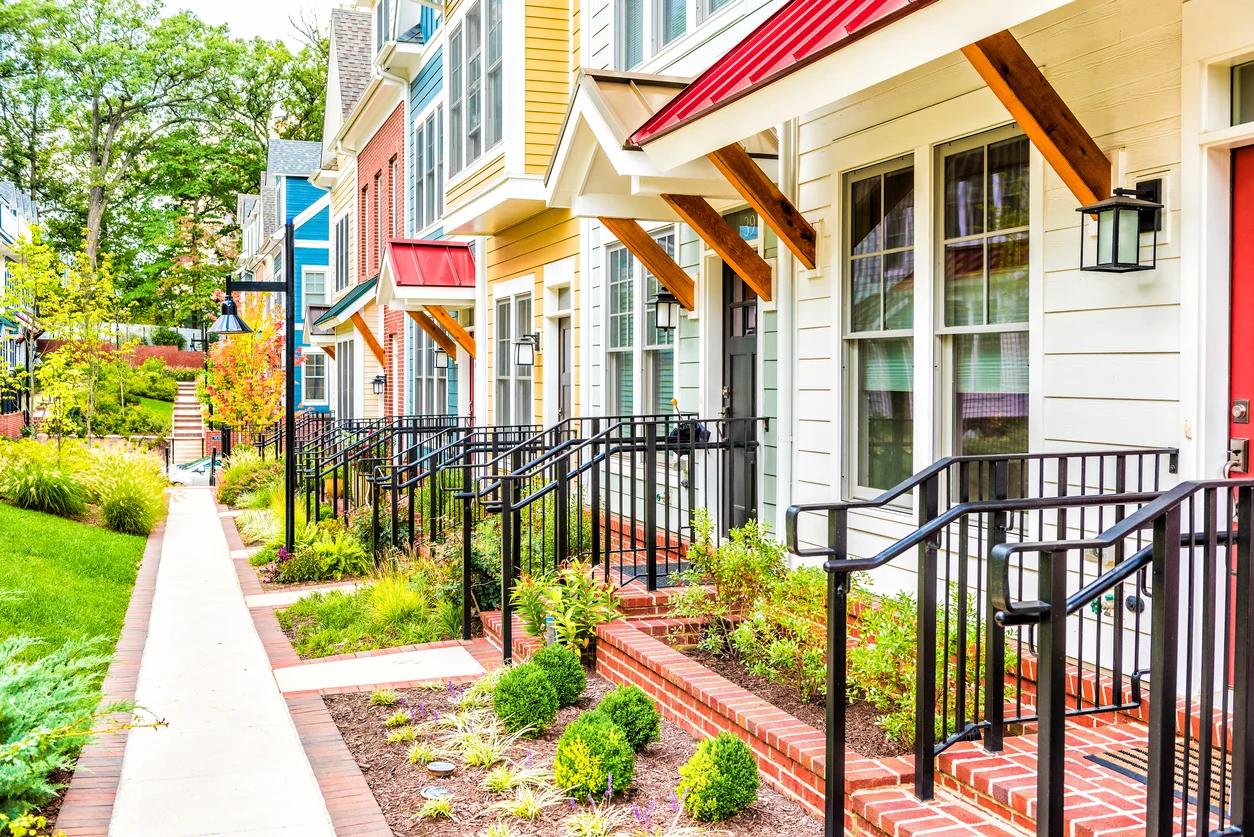Investing in multi-family properties can be an effective way to scale your real estate portfolio. However, whether you’re considering duplexes, townhouses, or larger apartment complexes, it is always crucial to secure the right financing to earn profit. This guide explores the essentials of investment property loans for multi-family units, helping you understand what you need to know before you apply.
Loan Options and Terms for Different Types of Multi-Family Units
Multi-family properties typically range from duplexes (two units) to larger complexes (10 or more units). The size and structure of the property will influence the type of financing you can secure and the terms associated with it.
Residential Versus Commercial Loans
- Duplex to 4 Units: Similar to single-family homes, these properties are often eligible for residential loans, which typically offer better terms and interest rates.
- 5 or More Units: Properties with five or more units are usually considered commercial real estate, requiring commercial loans, which may come with higher interest rates.
Loan Amounts
- Duplex/Dual Occupancy: If you’re a first-time buyer, you might be eligible for loans up to 95% of the property value. However, it’s important to note that such a high amount typically depends on you meeting stringent credit criteria; you may also need to pay for Lenders Mortgage Insurance (LMI). For those considering construction, up to 95% financing is also an option, making duplexes a viable entry point into the market.
- Up to 4 Units: Investors can generally borrow up to 80% of the property value. For construction projects, similar terms apply. Most lenders might restrict lending beyond 70% of the property value unless it’s assessed on a case-by-case basis.
- Up to 6 Units: Here, the investment scenario changes slightly, with a maximum of around 65% of the property value available to investors and slightly less for those using low-doc loans (loans designed for borrowers without standard financial documentation). Construction loans might allow up to 70% of the gross realisation value (the total expected sales value of a project once it is completed and all units or properties are sold) or 80% of the hard costs (direct costs associated with the physical construction of the property).
- More Than 10 Units: For larger complexes, you might face more stringent lending conditions, with most traditional lenders limiting loans to about 70% of the property value.
Note: The actual percentage of how much you can borrow will depend on the lender’s assessment of risk, your financial status, and the property itself.
Benefits of Multi-Family Investment Property Loans
Here are the advantages of investment property loans for multi-family units:
- Scalability: Financing a property with multiple units under one loan simplifies the process and potentially increases your return on investment due to lower per-unit costs.
- Higher Loan-to-Value (LTV) Ratios: For smaller multi-unit properties, like duplexes, you might access higher LTV ratios, which is beneficial if you’re starting out or have limited capital.
- Potential for Better Loan Terms: Lenders often view multi-family units favourably because they generate consistent rental income, which can lead to more favourable interest rates and terms.
- Cash Flow: Multi-family units can generate significant rental income, often covering the mortgage payment and yielding a profit.
Challenges Associated with Multi-Family Loans
On the other hand, here are the challenges you need to consider regarding multi-family investment property loans:
- Higher Initial Costs: Multi-family units are typically more expensive than single-family homes, which means you’ll need more upfront capital.
- Stricter Lending Criteria: The loan approval process for multi-family units can be more complicated, requiring thorough financial documentation and, potentially, a solid business plan. As the number of units increases, so does the complexity of the loan. Lenders may impose stricter criteria due to the increased risk associated with larger investments.
- Market Dependence: The viability of multi-family units can heavily depend on the real estate market’s health and the property’s location.
Tips for Securing Multi-Family Investment Property Loans
Below are some tips to help you secure the best terms for your multi-family unit loan:
- Assess Loan as a Residential Loan: Strive to have your loan assessed as a residential loan rather than a commercial one to possibly secure better interest rates and terms.
- Research Lenders: Some lenders specialise in multi-family properties and might offer better terms than conventional banks.
- Understand Local Market Conditions: Knowing the demand and rental market in your intended investment area can help justify the investment and reassure lenders of the property’s potential.
- Prepare a Strong Application: Maintain a good credit score and clear any credit issues before applying. Ensure your loan application is robust, with detailed financial records and a solid plan for the property. Furthermore, be ready to put down at least 20% of the property’s value, though some lenders may require more.
Final Thoughts
Investing in multi-family real estate offers substantial financial benefits but also presents unique challenges in financing. Understanding the nuances of multi-family property loans will help you make informed decisions and get the best possible terms for your investment. Always consult with your local mortgage broker to find the best financing solution for your investment goals and help you make the most of your investment.



